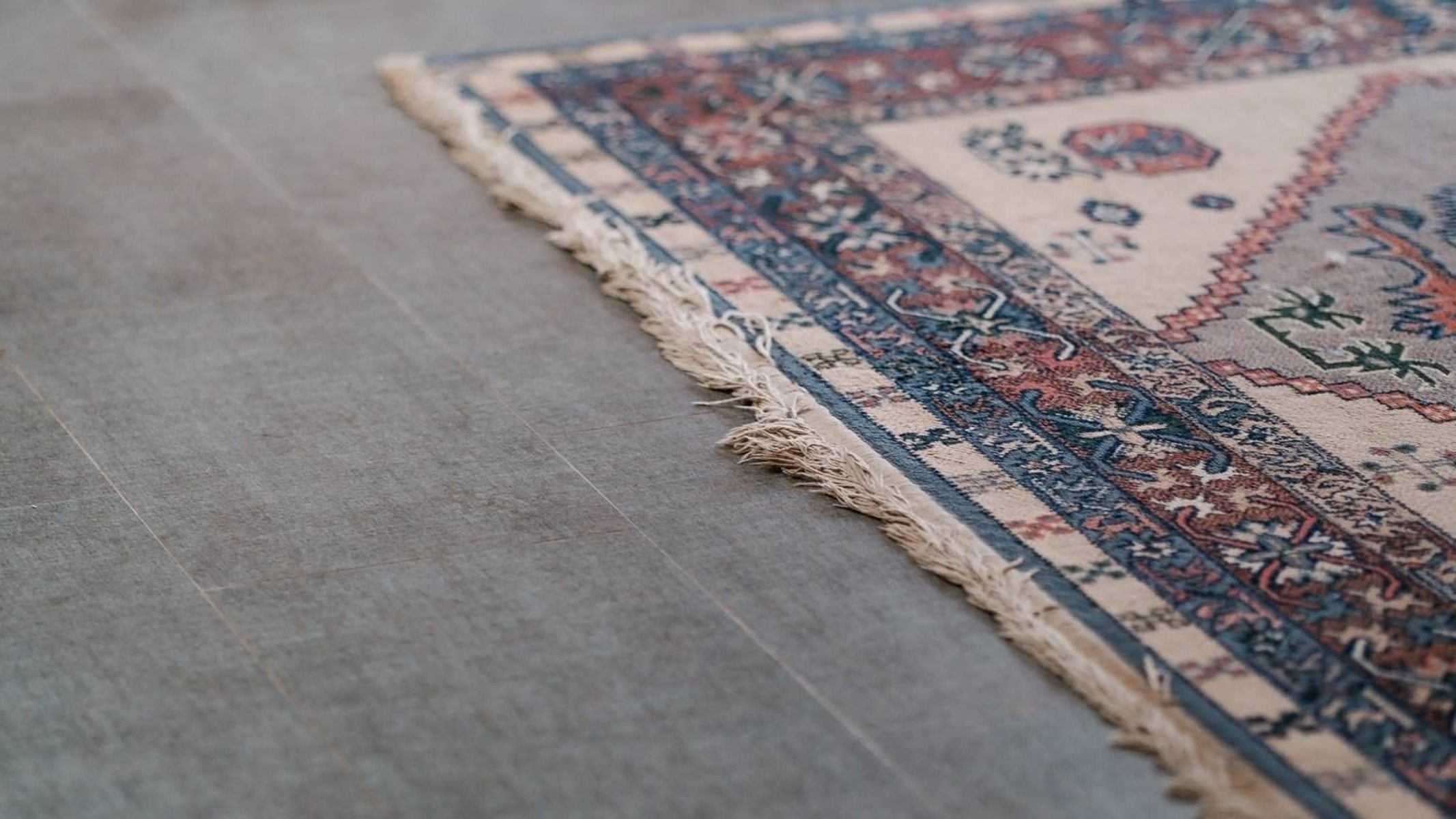

Articles
When Were Rugs Invented
Modified: October 20, 2024
Discover the fascinating history of rug making with our articles about when rugs were invented. Learn about the origins of this ancient art form and how it has evolved over time.
(Many of the links in this article redirect to a specific reviewed product. Your purchase of these products through affiliate links helps to generate commission for Storables.com, at no extra cost. Learn more)
Introduction
Rugs have been an integral part of human history, providing warmth, comfort, and beauty to living spaces for centuries. From their humble beginnings as simple woven mats to the intricately designed and meticulously crafted masterpieces we see today, rugs have evolved alongside human civilization.
In this article, we will explore the fascinating history of rugs and delve into the various stages of their development. From the early civilizations that pioneered rug making to the modern era of diverse styles and trends, we will uncover the story behind one of the most ubiquitous items found in homes around the world.
Join us on this journey through time as we unravel the origins, techniques, and cultural significance of rugs, shedding light on their enduring appeal and why they have remained a cherished aspect of human decor for millennia.
Key Takeaways:
- The history of rugs is a captivating tale of human creativity and cultural expression, from the ancient civilizations to the modern era, showcasing the enduring appeal and evolution of this timeless decorative art form.
- Rugs have evolved from simple woven mats to intricate masterpieces, reflecting diverse styles, sustainable practices, and technological advancements. The art of rug making continues to thrive, bridging the past and present with creativity and innovation.
Read more: When Were Curtains Invented
Early History of Rugs
The history of rugs can be traced back thousands of years to ancient civilizations that recognized the need for comfortable and insulating floor coverings. Nomadic tribes, in particular, were among the earliest practitioners of rug making, using locally available materials such as reeds, grass, and animal hides to create rudimentary mats.
One of the earliest known examples of rug making dates back to around 5000 BC in Egypt, where evidence of woven floor coverings was discovered in the form of fragments excavated from the Neolithic site of Fayum. These early rugs were made from rushes or reeds, providing primitive early humans with a layer of protection against the cold and damp ground.
The art of rug making continued to evolve as civilizations such as the Persians, Greeks, and Romans experimented with different materials, patterns, and techniques. By the time of the ancient Egyptians, skilled weavers had begun using wool from sheep and goats to create more durable and intricate rugs.
While much of the early history of rug making was marked by the practical need for warmth and insulation, it didn’t take long for rugs to become symbols of wealth and prestige. In ancient Persia, for example, rugs were considered luxury items and were often used as decorative pieces in palaces and tombs. Skilled artisans would spend months weaving intricate patterns into these carpets, which would then be displayed as a testament to their owner’s wealth and social status.
As trade routes expanded and global connections were forged, different cultures and civilizations began to exchange knowledge and techniques in rug making. This cross-pollination of ideas and styles helped to fuel the development of more intricate designs and the use of vibrant natural dyes, creating rugs that were not only functional but also works of art.
The early history of rugs laid the foundation for the craft that would continue to evolve and thrive throughout the centuries. From the ancient civilizations of Egypt and Persia to the nomadic tribes of Central Asia, rug making became deeply intertwined with the cultures and traditions of these societies, leaving a rich legacy that is still celebrated today.
Ancient Civilizations and Rug Making
The art of rug making flourished in various ancient civilizations, each contributing unique techniques, materials, and designs to this ancient craft. One of the most significant civilizations that played a pivotal role in the development of rug making was the Persian Empire.
Persia, now known as Iran, has a rich history of rug making that dates back over 2,500 years. The Persians were renowned for their exquisite rugs, which were intricately woven using a vast array of colors and patterns. These rugs often showcased elaborate floral motifs, geometric designs, and scenes depicting stories and mythologies.
The Persians developed complex weaving techniques that resulted in highly durable rugs. They employed the use of a specialized loom to create tightly woven fabrics, allowing their rugs to withstand the test of time. They also embraced natural dyes, using plants, insects, and minerals to achieve a wide range of vibrant hues.
Another civilization that greatly influenced rug making was the ancient Greeks. Greek rugs were known for their geometric patterns and symmetrical designs. They used materials such as wool, silk, and cotton in their rug making, and they developed techniques such as knotting and knotting variations.
In addition to the Persians and Greeks, other ancient civilizations, such as the Egyptians, Romans, and Chinese, also contributed to the art of rug making. The Egyptians utilized scrollwork patterns and hieroglyphic motifs in their rug designs, while the Romans incorporated intricate medallion patterns and motifs inspired by nature.
China has a long and respected tradition of rug making, with its history dating back thousands of years. Chinese rugs, often made of silk, were known for their exceptional craftsmanship and elegant designs. The Chinese introduced innovative weaving techniques such as the use of warp threads, which allowed for intricate designs and vibrant colors.
Throughout ancient civilizations, rug making was not only a practical craft but also a form of artistic expression. These rugs often showcased the cultural and societal values of the civilizations that created them, serving as symbols of wealth, status, and craftsmanship. They were used in palaces, temples, and homes, adding beauty and warmth to the living spaces.
The art of rug making has truly withstood the test of time, thanks to the contributions of these ancient civilizations. Their weaving techniques, unique designs, and use of materials continue to inspire rug makers today, ensuring that the legacy of ancient rug making lives on.
The First Known Rug: Pazyryk Carpet
One of the most remarkable discoveries in the world of rug making is the Pazyryk Carpet, also known as the oldest known surviving carpet. Discovered in the 1940s in the Pazyryk Valley of the Altai Mountains in Siberia, this carpet has provided invaluable insights into the art and craftsmanship of ancient rugs.
The Pazyryk Carpet is believed to have been created in the 5th century BCE, making it over 2,500 years old. It was found in a burial mound, perfectly preserved in ice and remarkably intact. The carpet measures approximately 6 by 6 feet and consists of an intricate design featuring a central medallion surrounded by a border of floral motifs and animal figures.
What sets the Pazyryk Carpet apart is its exceptional craftsmanship. It is a pile rug, meaning it has loops of yarn that are tied and cut to create a soft, dense pile. The carpet was woven using a symmetrical knotting technique, where each knot is individually tied around two warp threads, resulting in a durable and tightly woven structure.
The symmetrical knotting technique used in the Pazyryk Carpet is believed to have originated in Central Asia and is still used today in rug making traditions of the region. This discovery indicates the sophistication and advanced skills of ancient rug makers, as well as their understanding of knotting techniques and design elements.
The intricate motifs found in the Pazyryk Carpet, including animals such as goats, deer, and various mythical creatures, suggest a deep connection between rug making and the nomadic lifestyle of the region. These designs may have held symbolic meanings and served to tell stories or represent the status and identity of the people who owned the carpet.
The Pazyryk Carpet provides valuable insight into the ancient history of rug making and serves as a testament to the skill and artistry of ancient rug weavers. Its discovery has also sparked renewed interest in the preservation and study of ancient rugs, shedding light on a craft that has been cherished for millennia.
Today, the Pazyryk Carpet is housed in the Hermitage Museum in St. Petersburg, Russia, where it is carefully preserved and admired by visitors from around the world. Its significance cannot be overstated, as it represents a pivotal moment in the history of rug making and stands as a testament to the craftsmanship of ancient civilizations.
Medieval Europe and the Development of Rug Weaving
The Middle Ages in Europe marked a significant period in the development of rug weaving. During this time, the art of rug making continued to evolve, incorporating new techniques, materials, and designs. Though European rug weaving initially lagged behind that of other civilizations, it gradually caught up and began to flourish.
In the early medieval period, rug making in Europe was primarily influenced by the skills and traditions of the Islamic world. Islamic rugs, known for their intricate geometric patterns, floral motifs, and calligraphic designs, inspired European weavers and sparked a desire to create their own unique rugs.
One of the most significant developments in European rug weaving was the establishment of rug weaving workshops in cities such as Spain, Italy, and France. These workshops became centers of innovation and craftsmanship, drawing in skilled weavers from various regions who would share their knowledge and expertise.
In Spain, the influence of Islamic art and culture resulted in the production of rugs known as Alcaraz carpets. These rugs featured intricate patterns and motifs inspired by Islamic aesthetics, combining floral elements with geometric designs.
In Italy, the city of Sicily became renowned for its rug production. Sicilian rugs incorporated a blend of Persian and European influences, featuring elaborate patterns and vibrant color schemes. These rugs were highly sought after by aristocrats and nobles throughout Europe.
By the 14th century, European rug weaving had reached new heights of sophistication, with intricate designs and high-quality craftsmanship. The production of rugs expanded beyond the walls of the workshops and began to be woven in homes, with families passing down the skill of rug making from generation to generation.
The development of trade routes during the medieval period also played a vital role in the growth of the European rug industry. Merchants and explorers returned from distant lands, bringing with them exquisite rugs from the East. These rugs served as inspirations for European weavers, who incorporated elements of Oriental design into their work.
During this time, materials such as wool, silk, and linen were commonly used in European rug weaving. Wool, in particular, was favored for its durability and availability. Colors were derived from natural dyes, with vibrant hues intensifying the beauty of the rugs.
The medieval period set the stage for the Renaissance, which would see further advancements and innovations in rug weaving. European weavers continued to refine their techniques, creating compositions that showcased their creativity and mastery of the craft.
The development of rug weaving in medieval Europe laid the foundation for the unique European rug traditions that continue to this day. The fusion of influences from various cultures and the dedication of skilled artisans contributed to the growth and mastery of the art form, leaving a lasting legacy in the world of rug making.
The earliest known rug dates back to around 500 BC in Siberia. Rugs were also found in ancient Egyptian tombs, indicating they were used as early as 2000 BC.
Read more: When Were Gutters Invented
Renaissance and the Rise of Oriental Rugs
The Renaissance period in Europe, spanning from the 14th to the 17th century, was a time of great cultural and artistic revival. This era witnessed a significant surge in the popularity of Oriental rugs, further fueling the growth of rug weaving in Europe.
The Renaissance brought about increased trade and cultural exchanges with the East, particularly with the Ottoman Empire and the Safavid Dynasty in Persia. Oriental rugs, with their intricate designs, luxurious materials, and vibrant colors, captivated the hearts and minds of Europeans.
Oriental rugs, often referred to as Persian rugs, were highly prized for their exquisite craftsmanship and artistic beauty. They featured elaborate patterns, including floral motifs, geometric designs, and intricate medallions. Many of these designs were inspired by Persian poetry, mythology, and religious symbols.
European nobility and the emerging merchant class eagerly sought out Oriental rugs to adorn their palaces and homes. These rugs became valuable status symbols, reflecting the wealth and refined taste of their owners.
The demand for Oriental rugs in Europe led to the establishment of specialized trading networks, enabling merchants to import these luxurious carpets from the East. European weavers were also inspired by the designs and craftsmanship of the Oriental rugs, attempting to replicate their beauty through their own creations.
During the Renaissance, European rug weavers began to incorporate Oriental design elements into their work, blending them with the traditional European motifs. This fusion resulted in a unique style known as the “European Oriental,” characterized by a harmonious blend of Oriental influence and European aesthetics.
One notable example of the influence of Oriental rugs in Europe during the Renaissance is the famous Ardabil Carpet. This Persian carpet, woven in the 16th century, exemplifies the exquisite craftsmanship and intricate design that captivated European audiences. Its elegant design, featuring a central medallion surrounded by intricate floral patterns, became a popular motif in European rug weaving.
The Renaissance period also witnessed advancements in rug weaving techniques. European weavers developed new methods to create more intricate designs and achieve a higher level of precision in their craftsmanship. Additionally, the use of natural dyes expanded, leading to a broader range of vibrant colors in European rugs.
The fascination with Oriental rugs during the Renaissance not only influenced rug design but also inspired other art forms, such as painting and tapestry. Artists such as Hans Holbein the Younger and Albrecht Dürer depicted Oriental rugs in their paintings, further popularizing their presence in European culture.
The Renaissance marked a significant turning point in the history of rug weaving, with Oriental rugs dominating the European market. The influence of these magnificent carpets from the East ushered in a new era of creativity and innovation in European rug making, leaving an indelible mark on the art form that continues to influence rug designs and styles to this day.
Industrial Revolution and the Mass Production of Rugs
The Industrial Revolution, which began in the late 18th century, brought about significant changes in the textile industry and revolutionized the production of rugs. With new technological advancements and machinery, rug weaving transitioned from a labor-intensive, handcrafted process to a mass-produced industry.
Prior to the Industrial Revolution, rug making was primarily a cottage industry, with weavers working in their homes or small family-owned workshops. Weaving a rug was a time-consuming task, requiring skilled craftsmanship and attention to detail.
However, with the advent of power looms and other automated weaving machinery, rug production underwent a drastic transformation. These machines mechanized the weaving process, increasing speed and efficiency, and reducing the need for manual labor.
The introduction of power looms enabled the mass production of rugs, meeting the growing demand for affordable floor coverings during the industrial era. This shift from handcrafted to machine-made rugs made them more accessible to a wider range of consumers.
Mass production also led to standardization in rug sizes, designs, and patterns. Smaller, more portable rugs became popular, as they could be easily transported and used in different rooms, while larger area rugs were produced for spacious living areas.
With the development of new materials, such as synthetic fibers like nylon and polyester, manufacturers were able to produce rugs that were more durable, stain-resistant, and easier to maintain. These innovations further contributed to the popularity and affordability of machine-made rugs.
The availability of a wide range of styles and designs increased, offering consumers greater choice in terms of colors, patterns, and textures. Manufacturers could produce rugs with intricate designs that were once only achievable through hand weaving.
The mass production of rugs during the Industrial Revolution also led to changes in the workforce. Weaving shifted from being a skilled artisan craft to a job involving machine operation and maintenance. This provided employment opportunities for many workers in growing factories and mills.
However, the rise of mass production also posed challenges. Traditional handcrafted rug making faced a decline, as the market favored cheaper and faster machine-made rugs. This led to a loss of artisanal skills and techniques that were passed down through generations.
Nevertheless, the Industrial Revolution marked a turning point in the history of rug production, transforming it from a time-consuming craft to a more efficient and accessible industry. The innovations and advancements during this era set the stage for the modern rug manufacturing methods and technologies we have today.
Modern Era: Styles and Trends in Rug Making
In the modern era, rug making has evolved to encompass a diverse range of styles and trends, catering to the ever-changing tastes and preferences of consumers. From traditional designs to contemporary interpretations, the world of rug making continues to captivate with its creativity and innovation.
One of the enduring styles in rug making is the traditional Oriental rug. These rugs, inspired by the designs of ancient Persia, feature intricate patterns, vibrant colors, and meticulous craftsmanship. Traditional Oriental rugs continue to be highly sought after for their timeless elegance and rich cultural heritage.
Contemporary rug designs have also gained popularity, appealing to those who seek a more modern and eclectic aesthetic. Abstract patterns, bold colors, and geometric designs are commonly found in contemporary rugs, reflecting the influence of modern art and design movements.
Natural fibers, such as wool and silk, continue to be widely used in rug making due to their durability and aesthetic appeal. However, synthetic fibers like nylon and polyester have also gained traction, offering advantages such as ease of maintenance and affordability.
Sustainable and eco-friendly rug making practices have emerged as an important trend in recent years. Many rug makers now prioritize using organic and natural dyes and incorporate recycled materials to reduce their environmental impact. These sustainable rugs cater to consumers who value ethical and eco-conscious choices.
Customization has become increasingly popular, allowing individuals to create rugs that perfectly suit their personal style and space. Customers can now choose from a variety of sizes, shapes, colors, and patterns, enabling them to create a truly unique and personalized rug.
Texture is another important element in modern rug design. High and low pile rugs, shaggy rugs, and even rugs with carved or embossed designs provide a tactile and visually appealing experience. These textured rugs add depth and dimension to any room.
Rug designers today are also exploring the fusion of traditional and contemporary elements, blending different cultural influences to create unique and eclectic designs. These rugs celebrate diversity and create a bridge between different artistic traditions.
Technological advancements continue to play a role in rug making. Digital design tools and computer-controlled looms allow for intricate and precise rug designs, enabling weavers to bring intricate patterns and designs to life with great precision.
The world of rug making is constantly evolving, influenced by societal trends, cultural shifts, and technological innovations. It is an art form that continues to capture the imagination, providing both function and beauty to living spaces around the world.
As we move forward, new styles, materials, and techniques will emerge, pushing the boundaries of what is possible in rug making and ensuring that this ancient craft remains vibrant and relevant in the ever-changing world of design.
Conclusion
The history of rugs is a tale woven through time, reflecting the ingenuity, craftsmanship, and artistic expression of civilizations and cultures across the globe. From the early rudimentary mats of ancient nomadic tribes to the magnificent handcrafted masterpieces and mass-produced designs of the modern era, rugs have evolved alongside human civilization.
Through the centuries, rug making has not only served a practical purpose of providing warmth, comfort, and insulation but has also been revered as an art form, showcasing the creativity and cultural heritage of different societies. From the Egyptian rugs of antiquity to the intricate Oriental rugs of Persia, the craftsmanship and intricate designs have mesmerized and inspired generations.
The Renaissance period brought about a fascination with Oriental rugs in Europe, leading to the development of unique styles that blended Eastern and European influences. The Industrial Revolution revolutionized the rug-making industry, making rugs more accessible through mass production and the use of mechanized looms.
In the modern era, rugs continue to captivate with their diverse styles and trends. Traditional Oriental rugs and contemporary designs coexist, catering to different aesthetic preferences. Sustainable and eco-friendly practices have also become important considerations in rug making.
The beauty of rugs lies not only in their aesthetic appeal but also in the stories they tell. Each rug is a piece of history, woven with threads that carry the traditions, cultural symbolism, and artistic expressions of the artisans who create them.
As technology advances, new possibilities emerge, allowing for the creation of intricate designs, customization, and unique textures. Rug making is a dynamic art form that continues to evolve and adapt to the changing needs and desires of consumers.
Whether it’s the luxurious Persian rugs, the bold and contemporary designs, or the eco-friendly sustainable options, rugs continue to enhance our living spaces, adding beauty, warmth, and a touch of artistry.
The story of rugs is a testament to human creativity, culture, and craftsmanship. It is a story that weaves together the past and present, creating a narrative that spans civilizations and showcases the enduring appeal of this timeless decorative element. So, let us continue to appreciate and celebrate the artistry and beauty of rugs, appreciating their history while embracing the innovations of the future.
Frequently Asked Questions about When Were Rugs Invented
Was this page helpful?
At Storables.com, we guarantee accurate and reliable information. Our content, validated by Expert Board Contributors, is crafted following stringent Editorial Policies. We're committed to providing you with well-researched, expert-backed insights for all your informational needs.
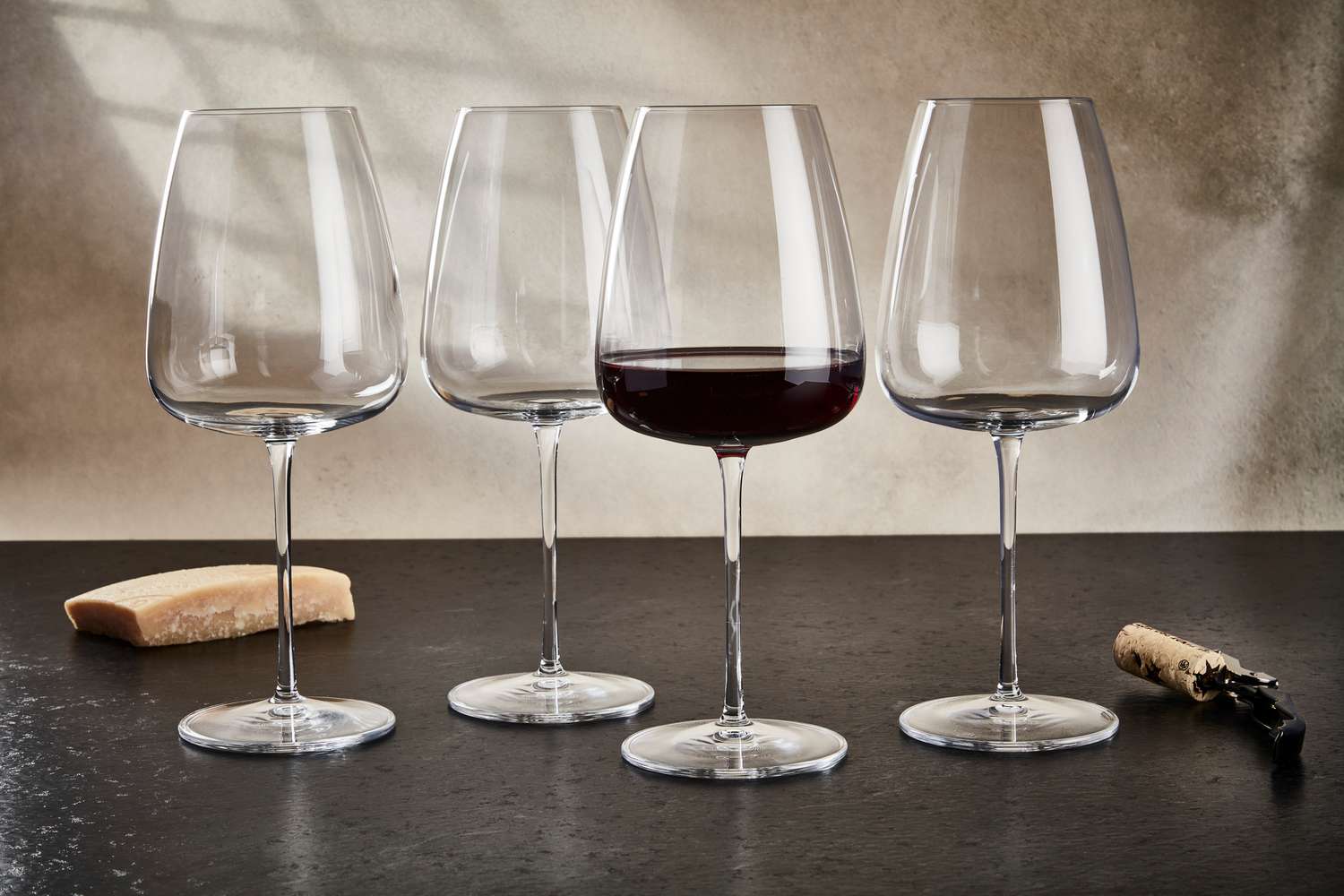

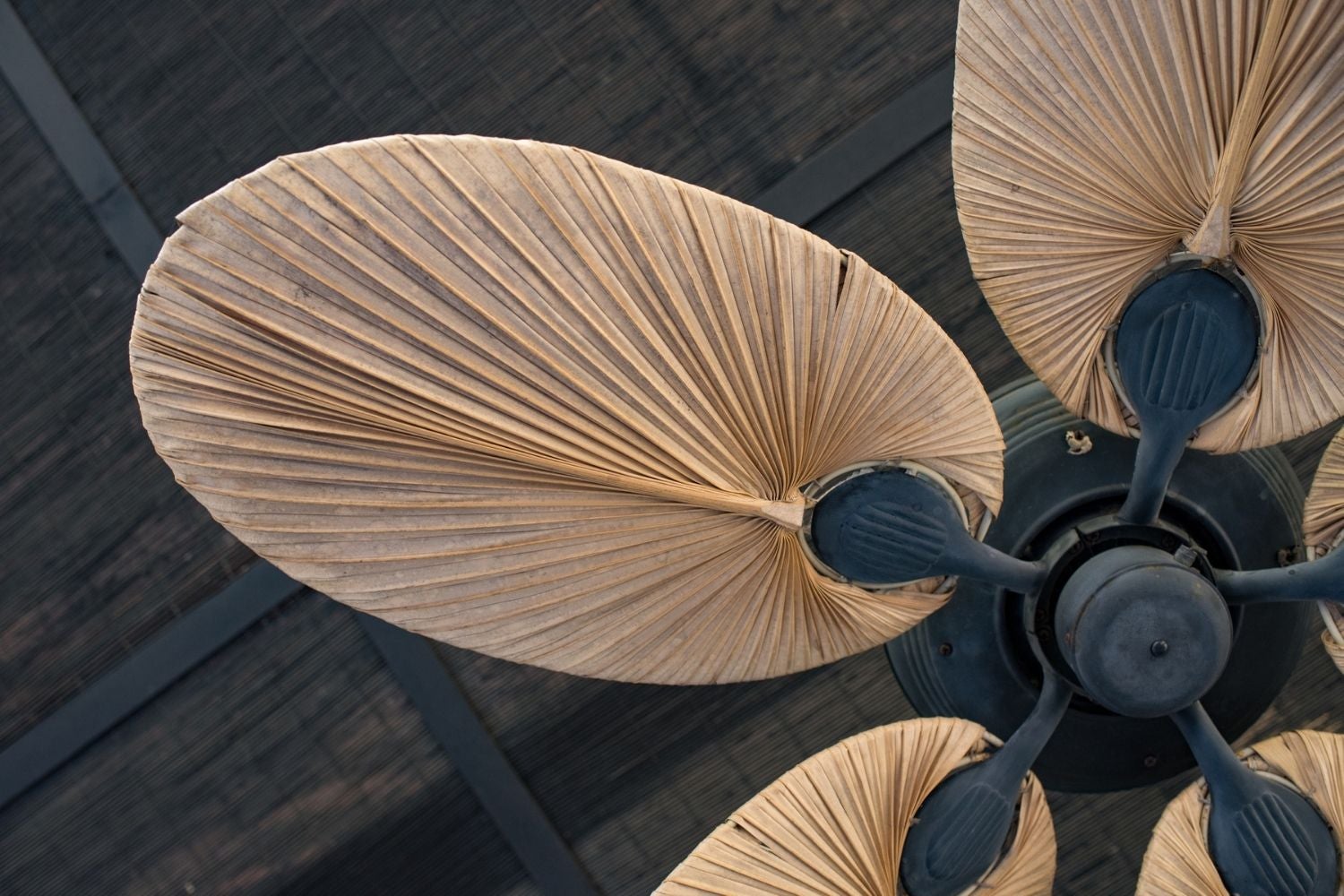




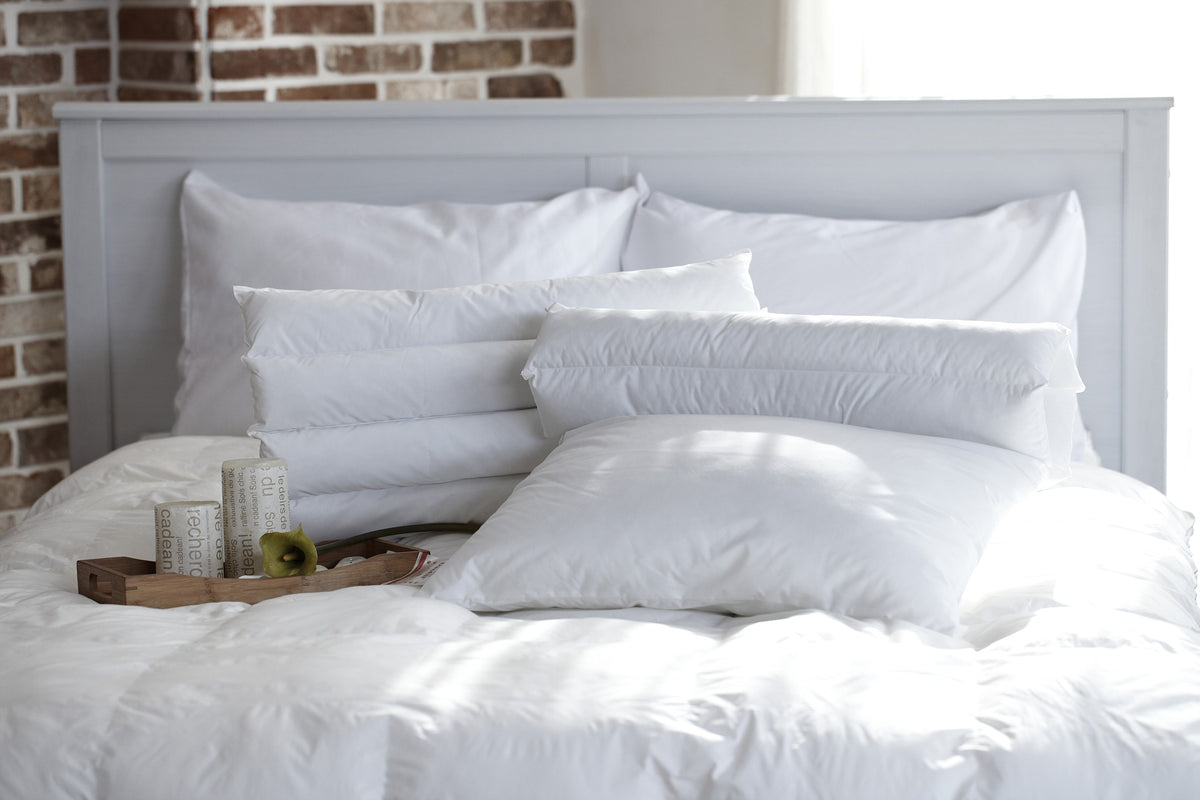
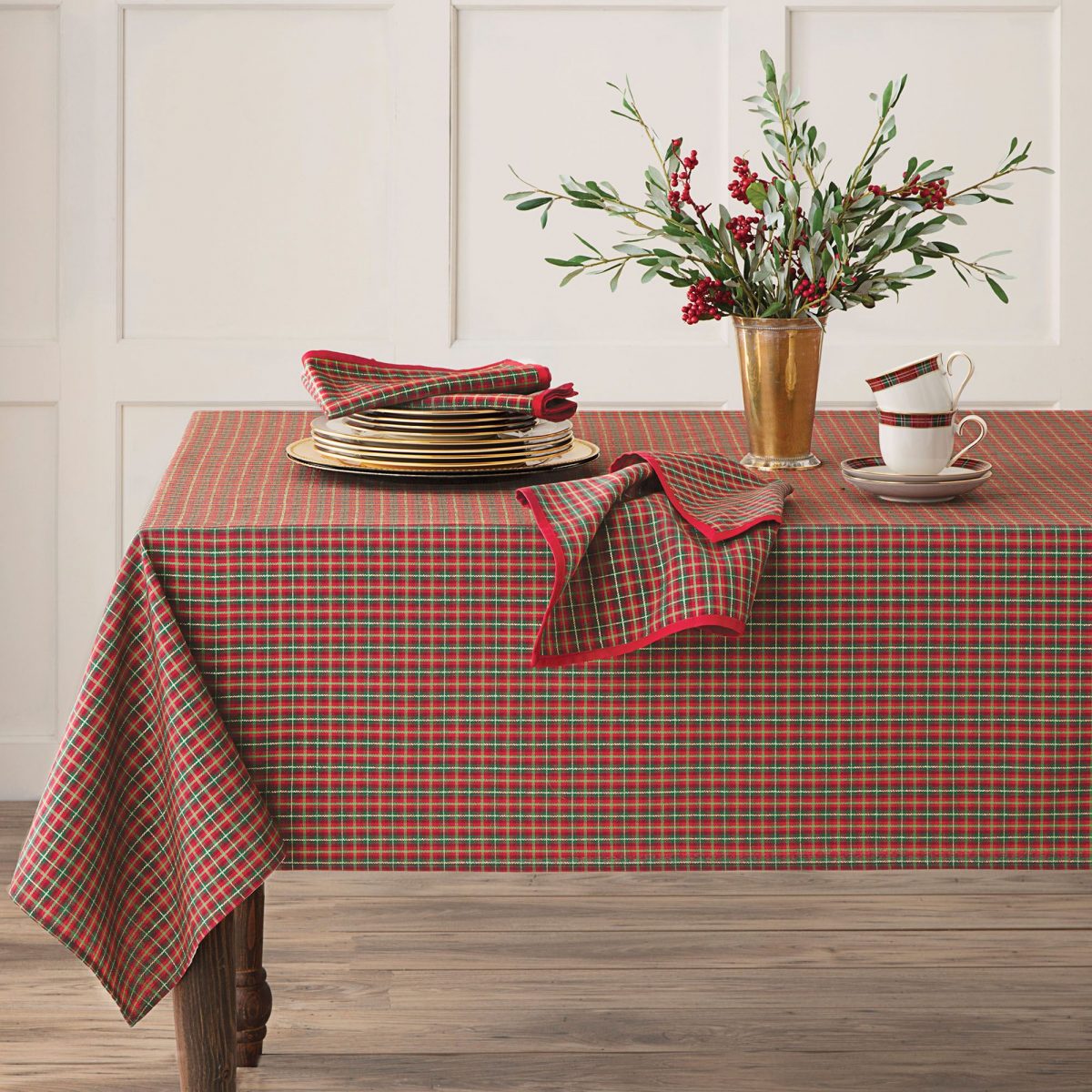
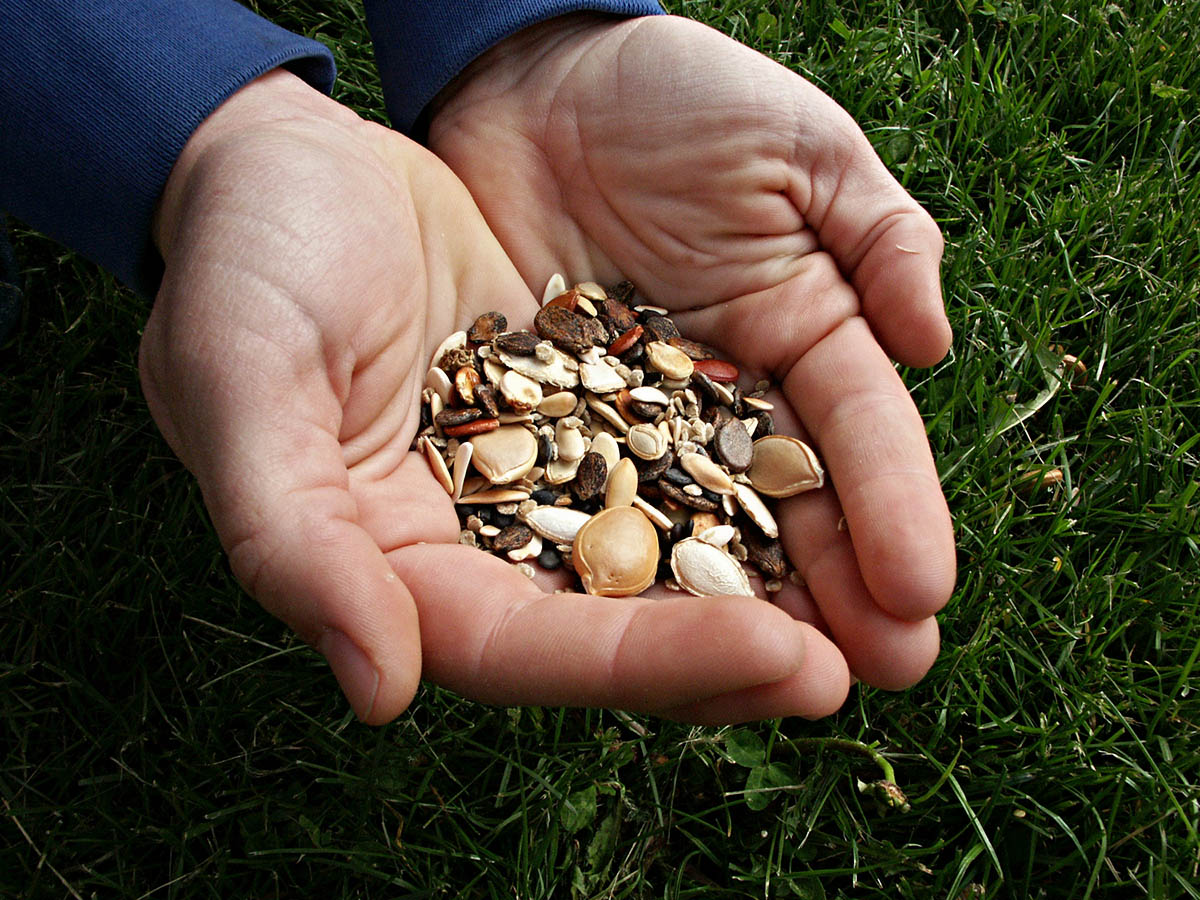


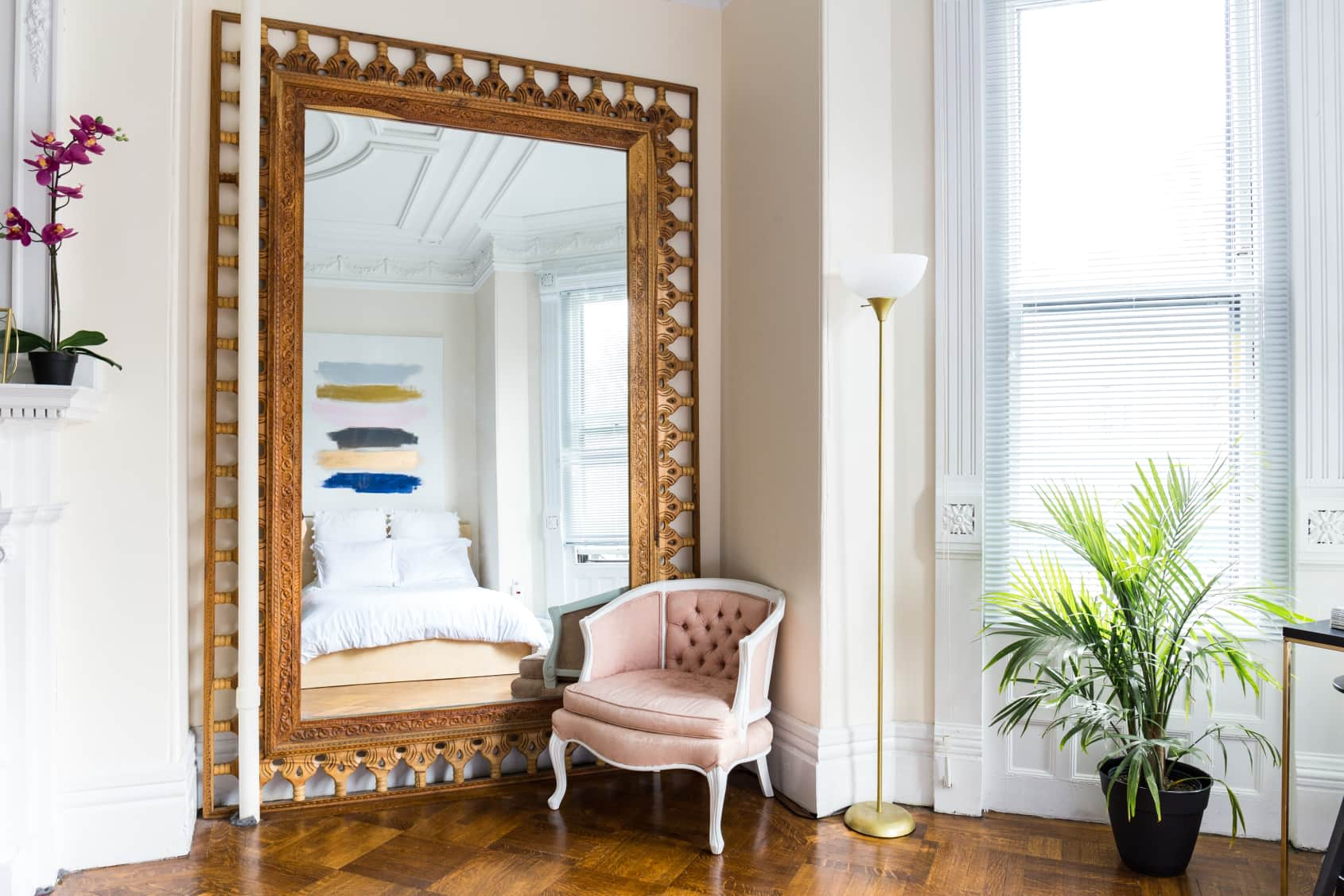
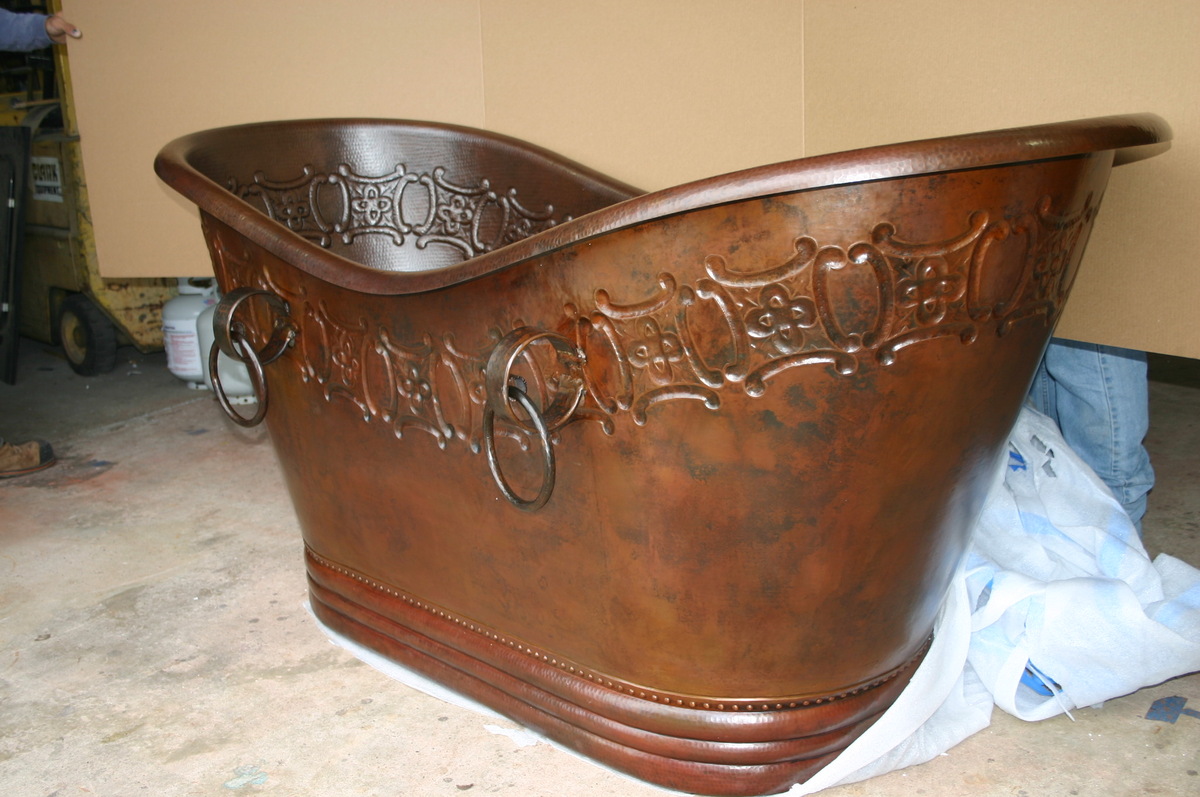

0 thoughts on “When Were Rugs Invented”